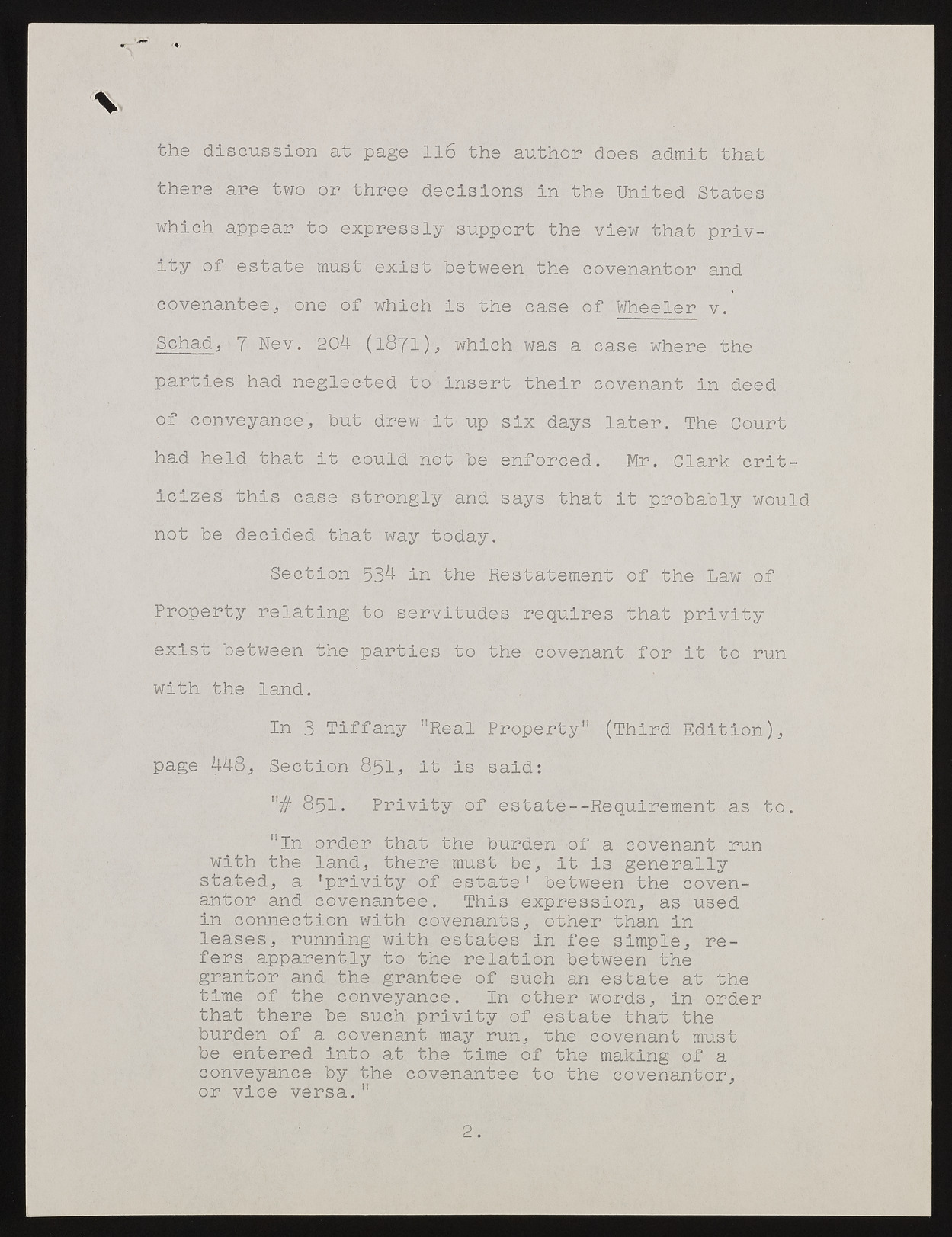Copyright & Fair-use Agreement
UNLV Special Collections provides copies of materials to facilitate private study, scholarship, or research. Material not in the public domain may be used according to fair use of copyrighted materials as defined by copyright law. Please cite us.
Please note that UNLV may not own the copyright to these materials and cannot provide permission to publish or distribute materials when UNLV is not the copyright holder. The user is solely responsible for determining the copyright status of materials and obtaining permission to use material from the copyright holder and for determining whether any permissions relating to any other rights are necessary for the intended use, and for obtaining all required permissions beyond that allowed by fair use.
Read more about our reproduction and use policy.
I agree.Information
Digital ID
Permalink
Details
More Info
Rights
Digital Provenance
Publisher
Transcription
? the discussion at page 116 the author does admit that there are two or three decisions in the United States which appear to expressly support the view that privity of estate must exist between the covenantor and covenantee, one of which is the case of Wheeler v. Schad, 7 Nev. 204 (1871), which was a case where the parties had neglected to insert their covenant in deed of conveyancebut drew it up six days later. The Court had held that it could not be enforced. Mr. Clark criticizes this case strongly and says that it probably would not be decided that way today. Section 534 in the Restatement of the Law of Property relating to servitudes requires that privity exist between the parties to the covenant for it to run with the land. In 3 Tiffany "Real Property" (Third Edition), page 448, Section 851, it is said: "# 851. Privity of estate--Requirement as to. "In order that the burden of a covenant run with the land, there must be, it is generally stated, a 'privity of estate' between the covenantor and covenantee. This expression, as used in connection with covenants, other than in leases, running with estates in fee simple, refers apparently to the relation between the grantor and the grantee of such an estate at the time of the conveyance. In other words, in order that there be such privity of estate that the burden of a covenant may run, the covenant must be entered into at the time of the making of a conveyance by the covenantee to the covenantor, or vice versa." 2 .

